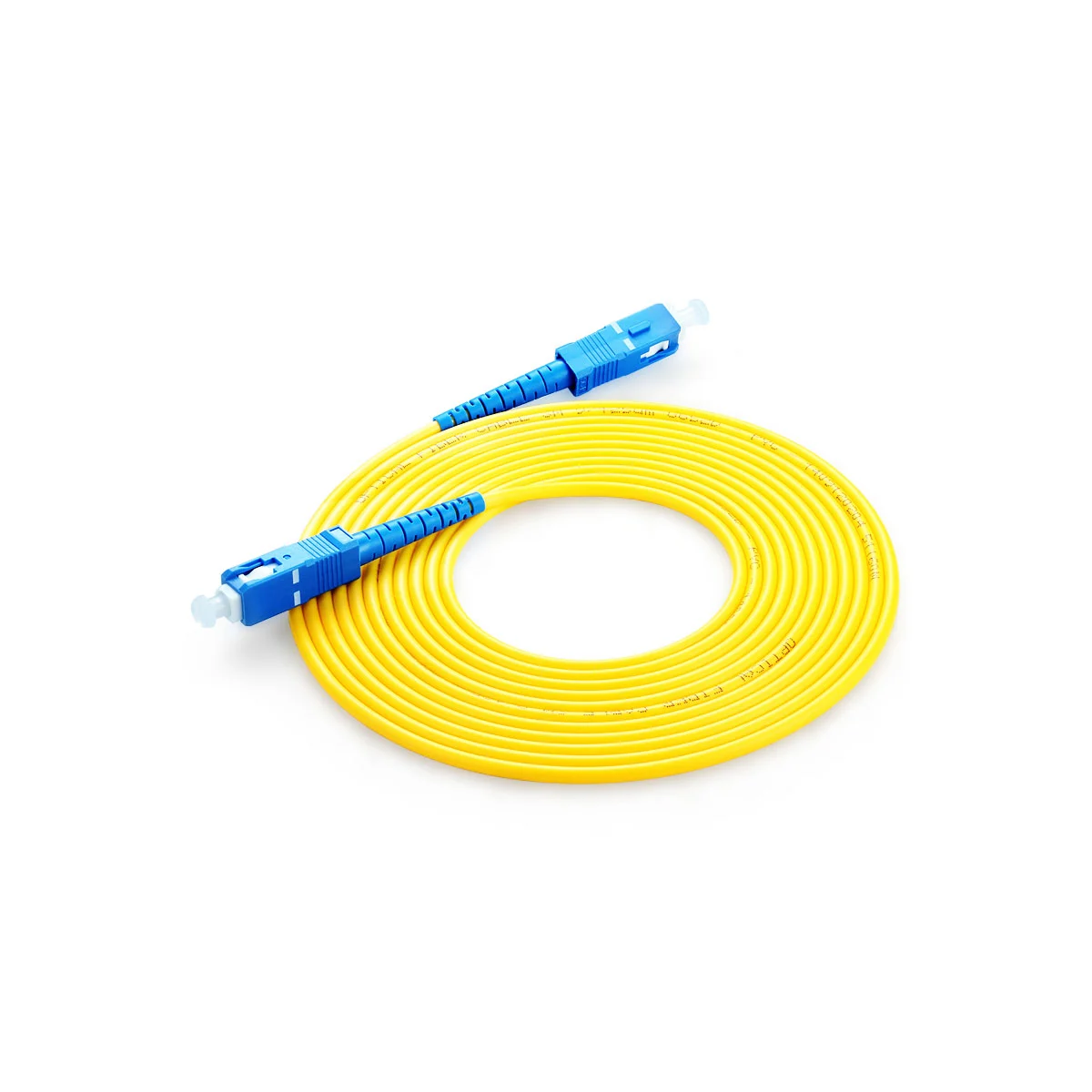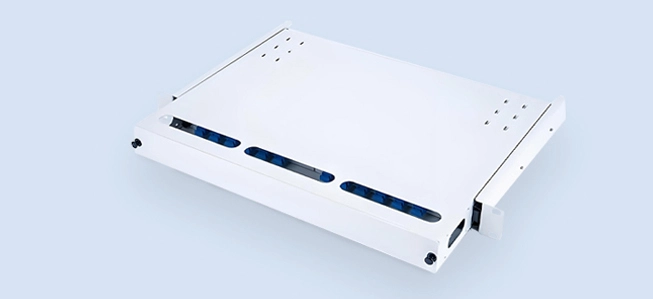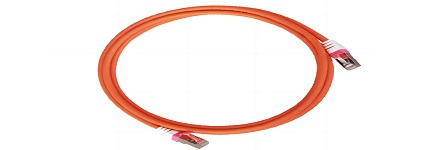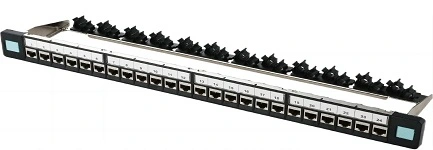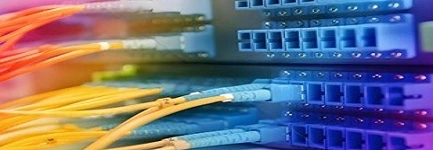
A fiber optic (FO) jumper coupler is a small device used to connect two fiber optic cables, allowing for seamless data transmission. It features alignment and connection points for maintaining signal integrity and minimizing loss. The types of coupler used are often determined by the patch cord connector types present in the network. For example, an LC coupler would be used with LC patch cords. Understanding coupler in networking is key to efficient system design.
Typically housed in a compact, durable casing, couplers are essential in networking environments where flexibility and scalability are needed. They come in various types, such as LC, SC, and ST, accommodating different connector styles. This component is crucial for effective fiber optic communication systems, and choosing the correct coupler ensures seamless integration with existing patch cord connector types.
FO Jumper couplers, or fiber optic jumper couplers, connect two optical fibers to facilitate signal transmission.
Key features include low insertion loss for efficient signal transfer, high durability for reliable performance, and compatibility with various fiber types (single-mode and multimode).
They often have a compact design for easy installation in patch panels or enclosures, and support standardized connector types like SC, LC, and ST.
Additionally, they provide alignment and protection against dust and environmental factors.

